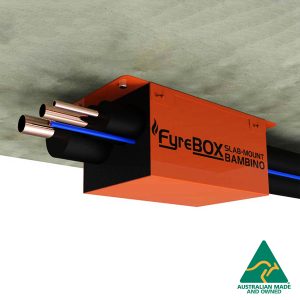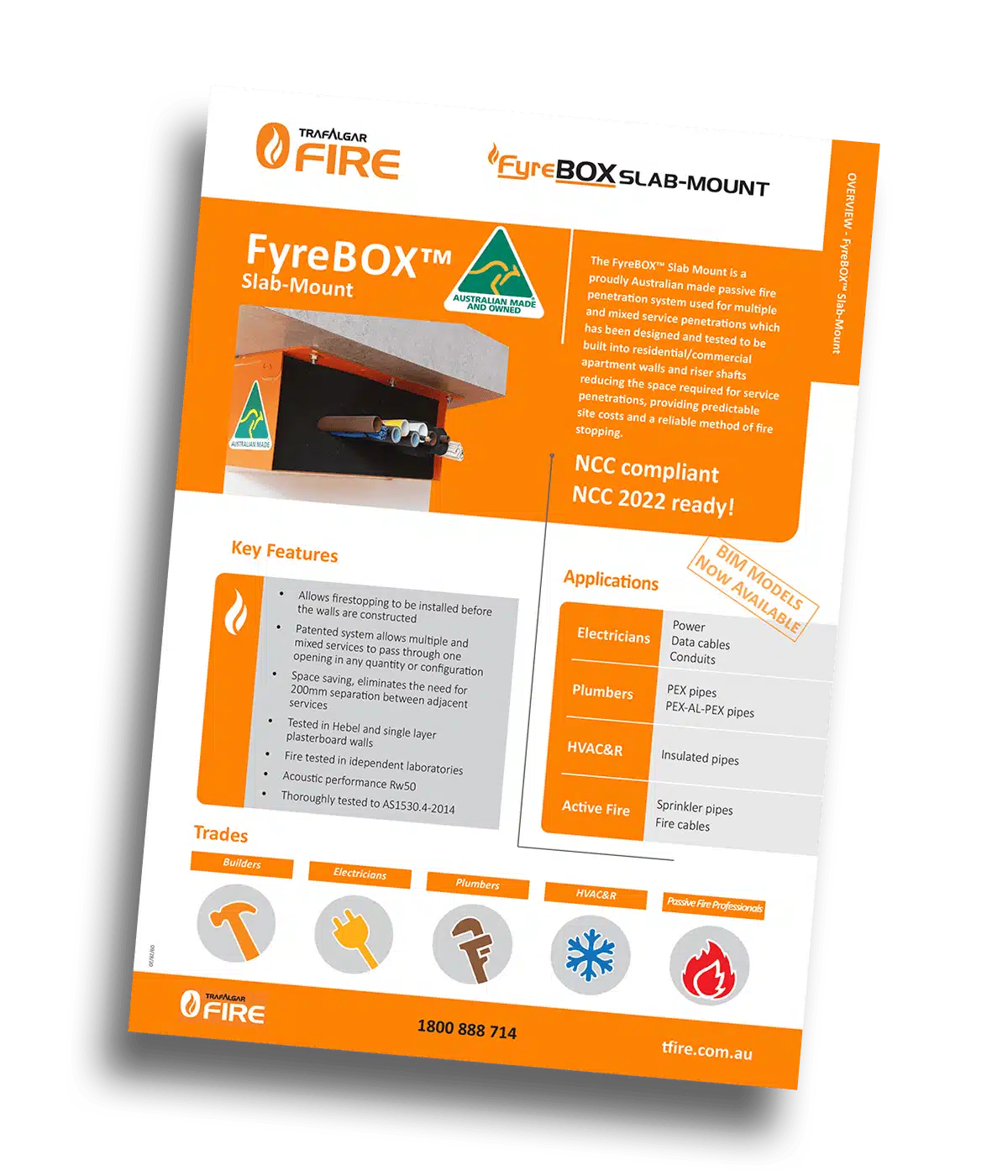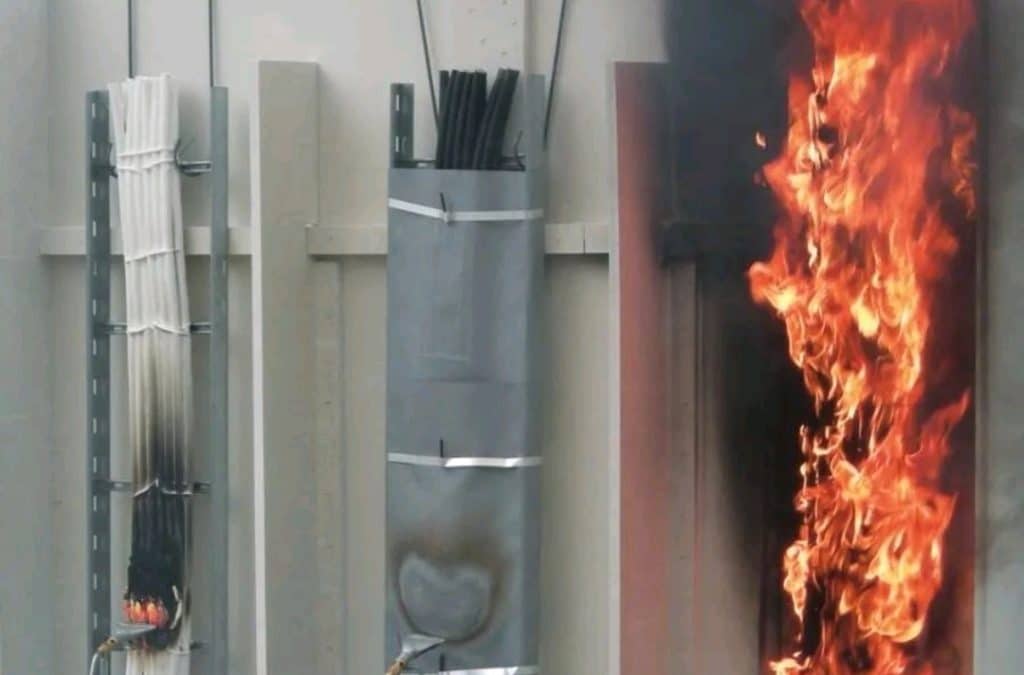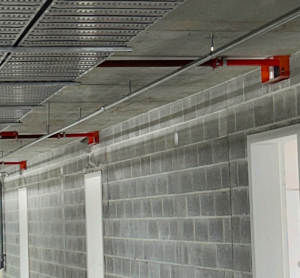
The Blame Game and So Called Non-Conforming Building Products
Sadly, when it comes to the construction industry; all I see is blame; there is too much friction and things are not working.
Just like the cladding and fires, waterproofing and our cracking buildings for example where things aren’t quite right, I think passive fire protection is one area that could use some leadership and a shift in paradigm.





































